I just spent the most incredible weekend in Dutchess County doing some amazing things, and you can too. My itinerary went like this:
Friday:
Tour of The Vanderbilt Mansion
Tour of FDR’s house and museum
Sprout Creek Farm
Walkway over the Hudson
Dinner at Brasserie 292
Saturday:
Cooking class at the CIA in Hyde Park
I want to give each place their own entry because I think they all deserve more than just a few words. So in the next few days I’ll be writing about my experiences at each place with details and photos. First, here’s a little background about Hyde Park NY…..
Hyde Park is about 2 hours south of Saratoga Springs near Poughkeepsie. It’s home to the Culinary Institute of America as well as Dutchess College and Marist College. It was the boyhood home of Franklin Delano Roosevelt, his beloved Springwood Farm. It is also the place where the Vanderbilts built their vacation home, where they visited during the spring and fall. But more about that later. Hyde Park is along the banks of the Hudson River providing lots of opportunities for outdoor activities, like picnicking, biking and hiking along with sport fishing and boating. The best way to see and learn about the river is to visit the Walkway over the Hudson, where you’ll see great views up and down the river as well as learn about the river and the bridge’s history from one of the knowledgeable ambassadors, but more about this and other activities in later blog posts.
We got up early Friday morning for the drive to Hyde Park. According to our GPS the fastest way was to take the through way and pay tolls, so that’s what we did. I think any way you go it’s about 2 ½ hours. We got to the Vanderbilt Mansion at just past 10 am, a little late for the tour but the Park Ranger got us caught up and united us with the rest of the tour. Since this was our first stop in Hyde Park this is where I’ll start.
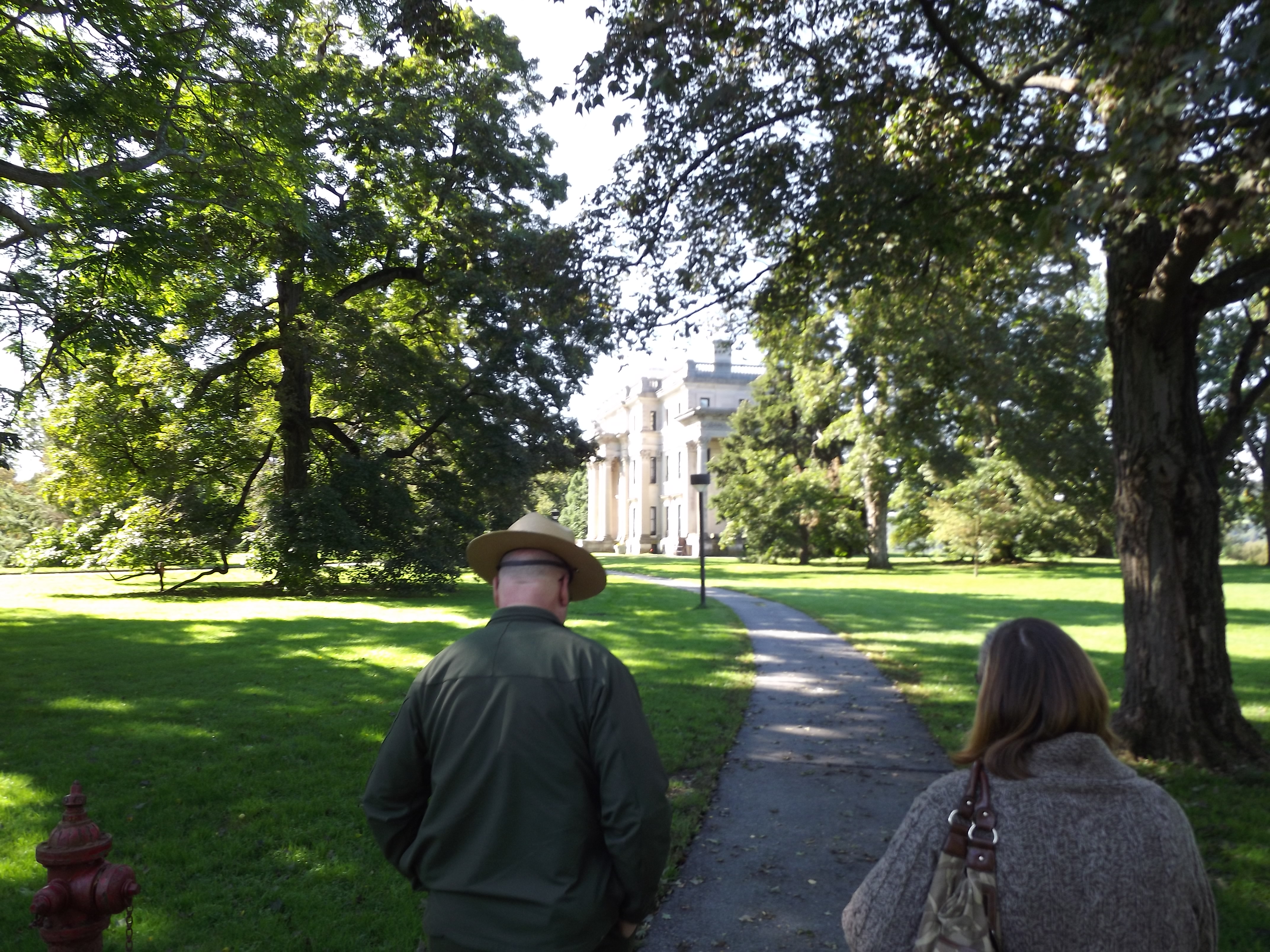
A Little History
The Vanderbilt name is synonymous with wealth and
power. In Hyde Park Frederick and
Louise Vanderbilt built their mansion on a cliff above the Hudson River. Frederick, the son of Commodore
Cornelius Vanderbilt (the creator and founder of the Staten Island Ferry) took
his inheritance of $10 million and increased it to $70 million by the time he
died, unlike his siblings who squandered their inheritance. Fredrick and Louis Vanderbilt never had
any children so the mansion and land was left to their niece, Margaret Van
Allen. She didn’t want to be
responsible for this huge amount of land and the mansion so she tried to sell
the $5 million property for $2 ¼
million. It was during the
depression so there were no takers.
She lowered the price to $350,000, then to $250,000 still with no
interest. In 1940 she asked President Roosevelt to make the property into a
National Park and sells it to the government for $1.
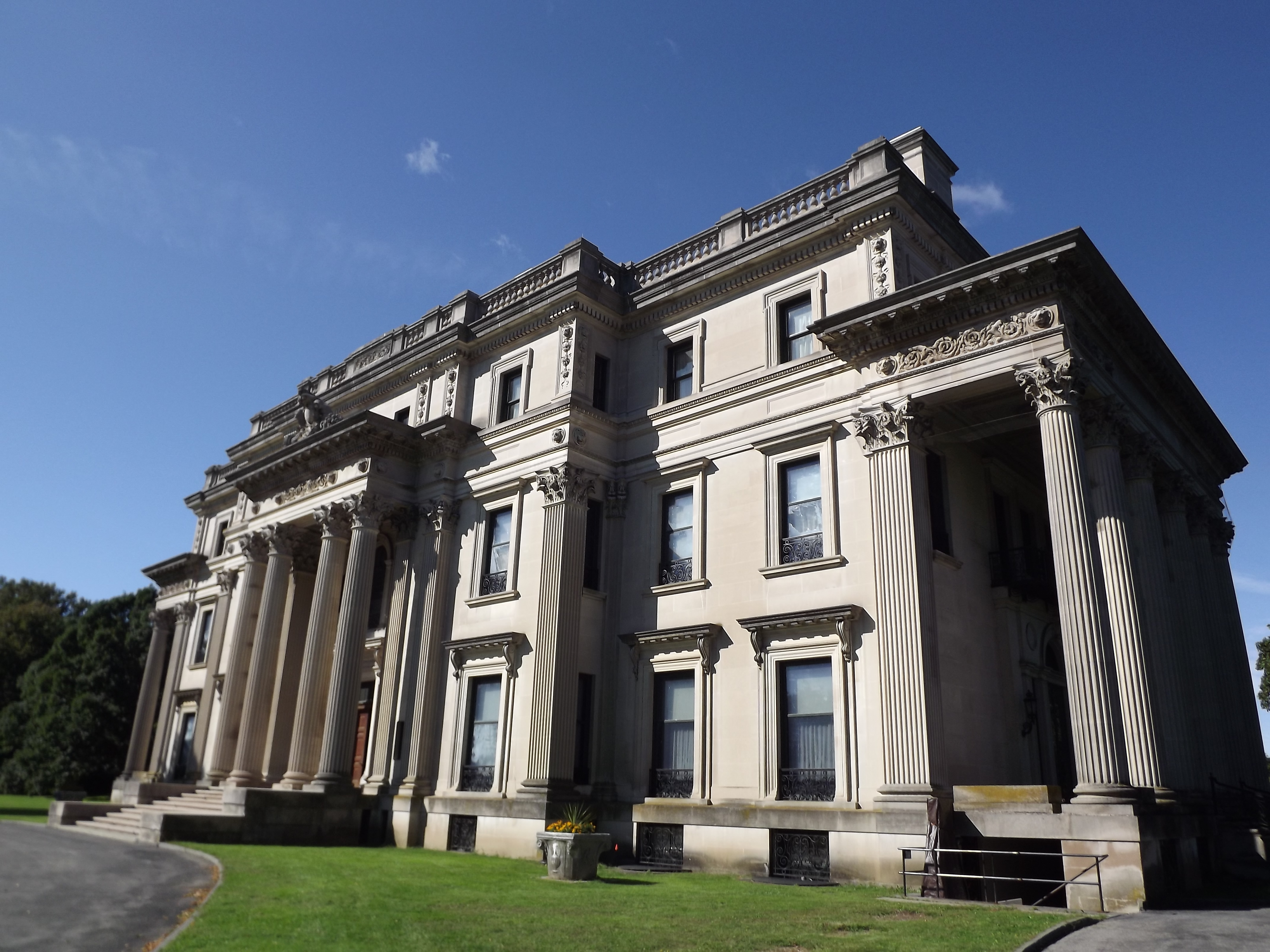
The Mansion
When Frederick first bought the property it had neglected so the grounds required a lot of restoration. The home they built was in the Greek Revival style of
architecture. The inside was furnished
with imported furnishings from Europe.
The only piece that was American made was the piano in parlor (west end)
and this piece was sent to Europe to be made more European in style.
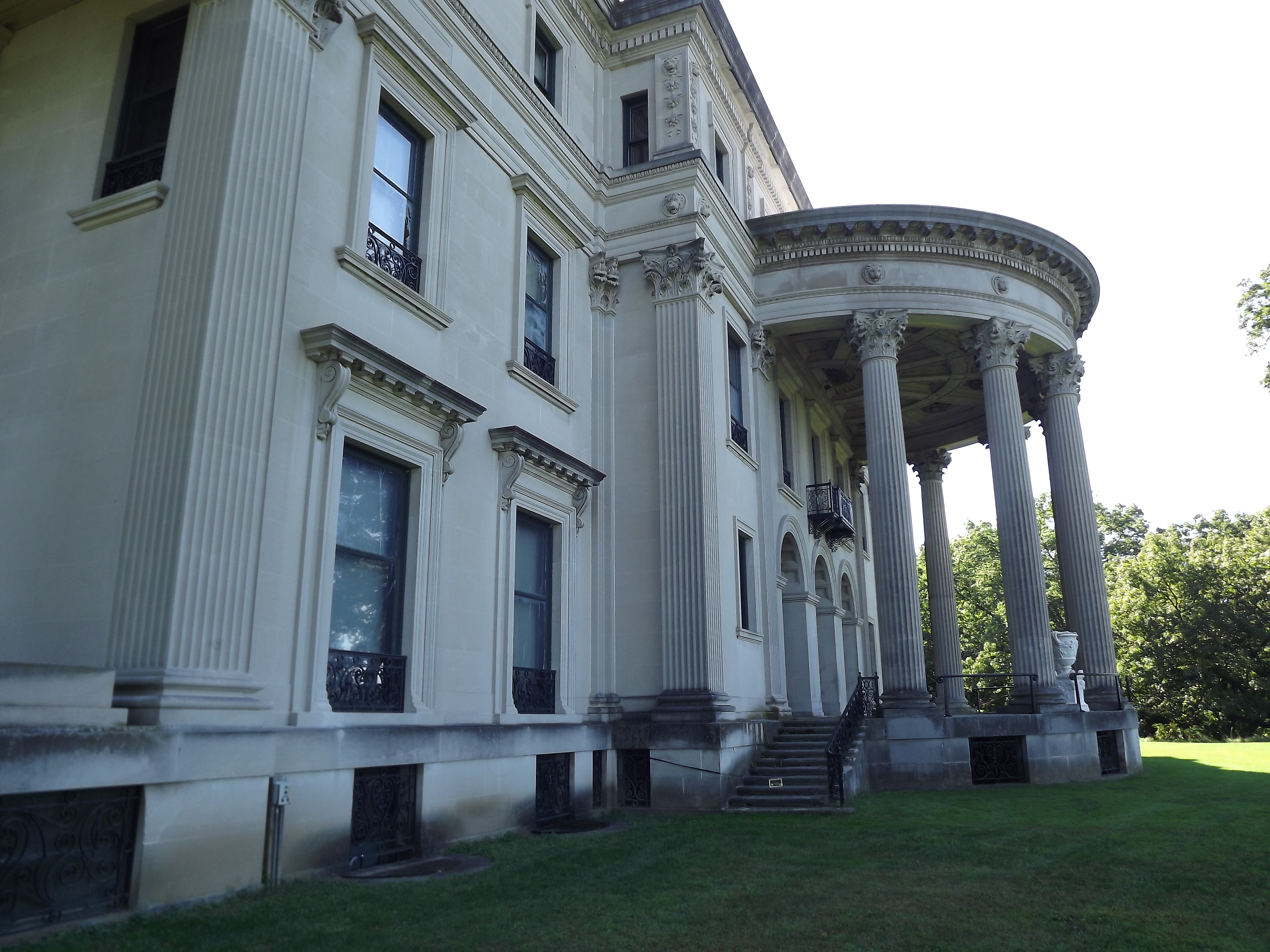
The Tour
First stop on the tour will be the entrance hall. From here you can see that the rooms
are set up almost like spokes on a wheel.
You will be free to move from room to room, however you won’t be allowed
to go into the rooms or take any photographs. Even from standing in the doorway you will be able to get
the feeling of the grandness of the interior. After looking into the rooms on the first floor, your guide
will gather you in the entrance hall and give you a little history about the
Vanderbilts and the rooms on the first floor. If you have any questions the guide (ours was Chris) will be
happy to answer them. Then it’s up
to the second floor, which has guest rooms one was called the Honeymoon suite
and another was for married couples.
The bedroom for the married couple is covered with sheets to demonstrate
what the rooms would look like in the off-season when the Vanderbilts weren’t
using the house. But these weren’t
just ordinary sheets, they were hand sewn. On the second floor were Frederick and Louise’s
bedrooms. They each had their own
bedroom – Louise’s is a direct copy of Marie Antoinette’s bedroom and
Frederick’s has a crown on the ceiling and one over the bed. His bed has columns that are hand-
carved. Be sure to (if you can)
take a long look at both bedrooms, the furnishings are amazing as are the walls
and the ceiling. Our tour guide on
the way up and the way down the stairs, urged us to use the handrail. I wasn’t really sure why until I did. At one point the handrail was covered
in velvet! You can still feel it
although most of it has been worn away over the years.
From there we were taken to the basement which housed the
ice box, the kitchen and butlers’ quarters. The servants were treated well for that time in
history. They were paid between
$1.50-$2.50 a day and also had a health plan. When Frederick died he had 57 names in his will and 33 of
them were servants. They were left
anywhere from $1,000 to quarter of a million dollars.
If you use your imagination you can feel the hustle and
bustle that once filled this house, with party guests and servants. The swishing of the ladies in their
full skirts, the smell of cigar smoke as the men gathered after dinner to discuss business. The air filled
with music and laughter. It was a
grand time in history and seeing this mansion just as it was gives you the
feeling and understanding of what a grand time it was.
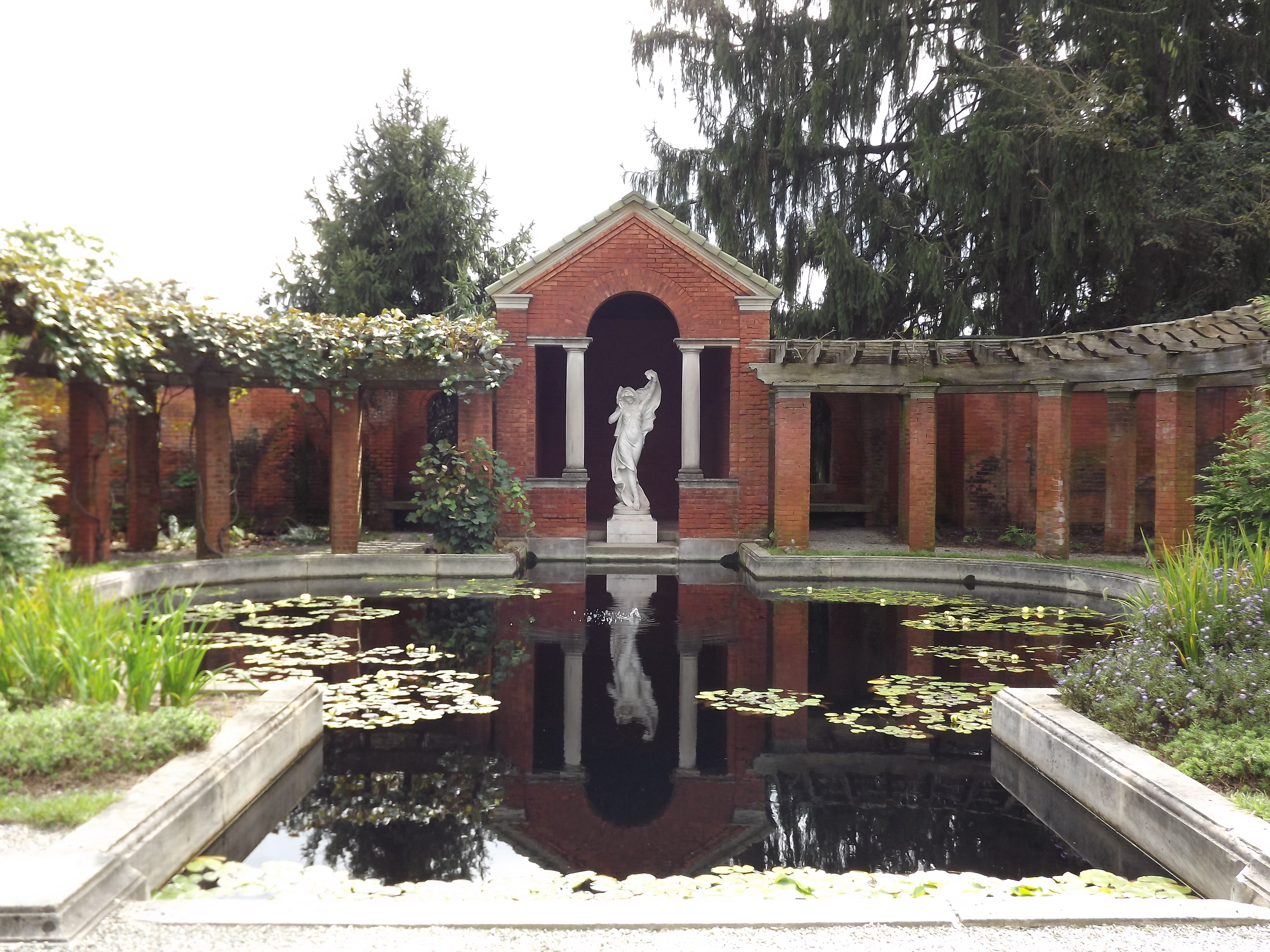
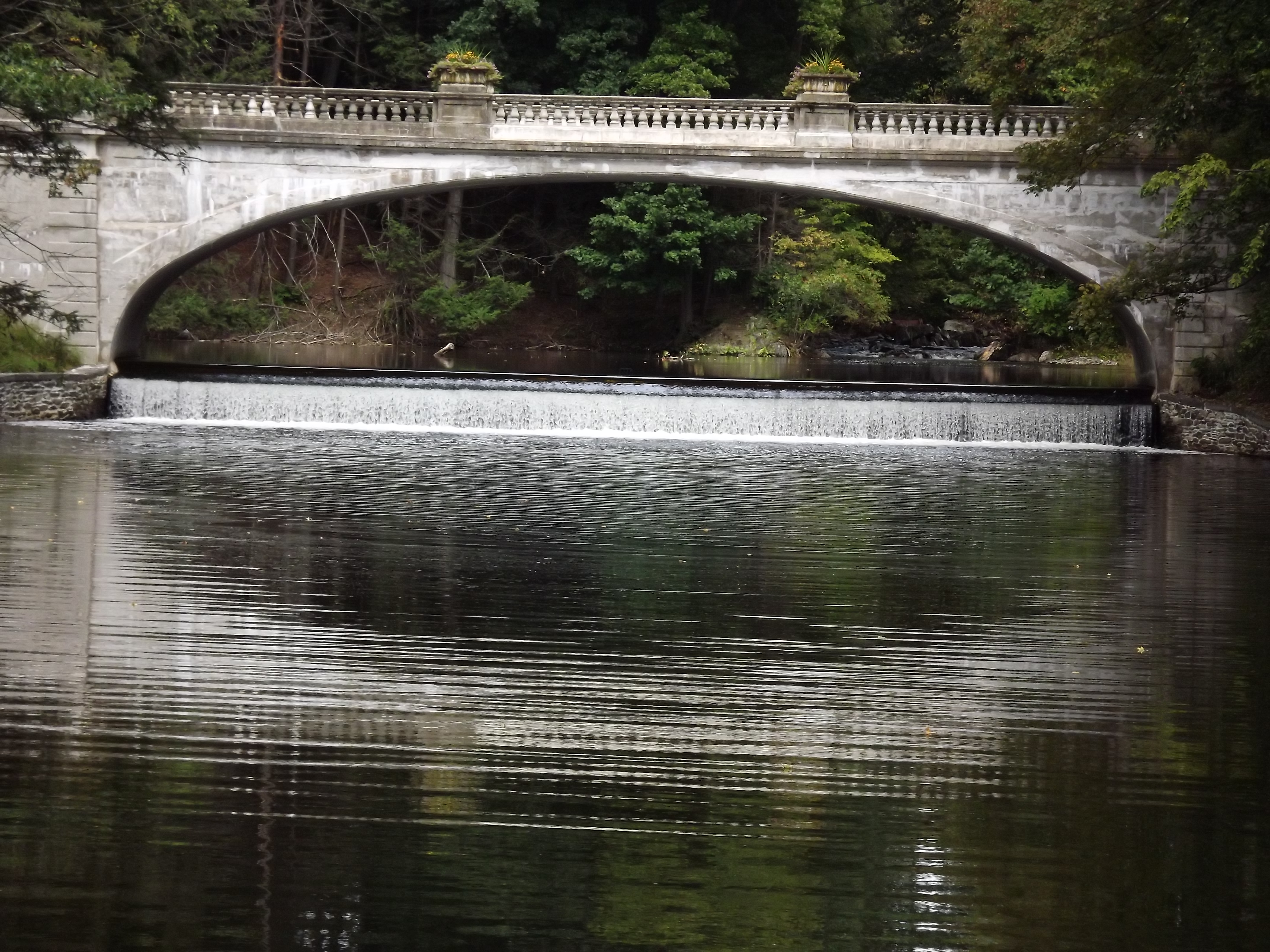
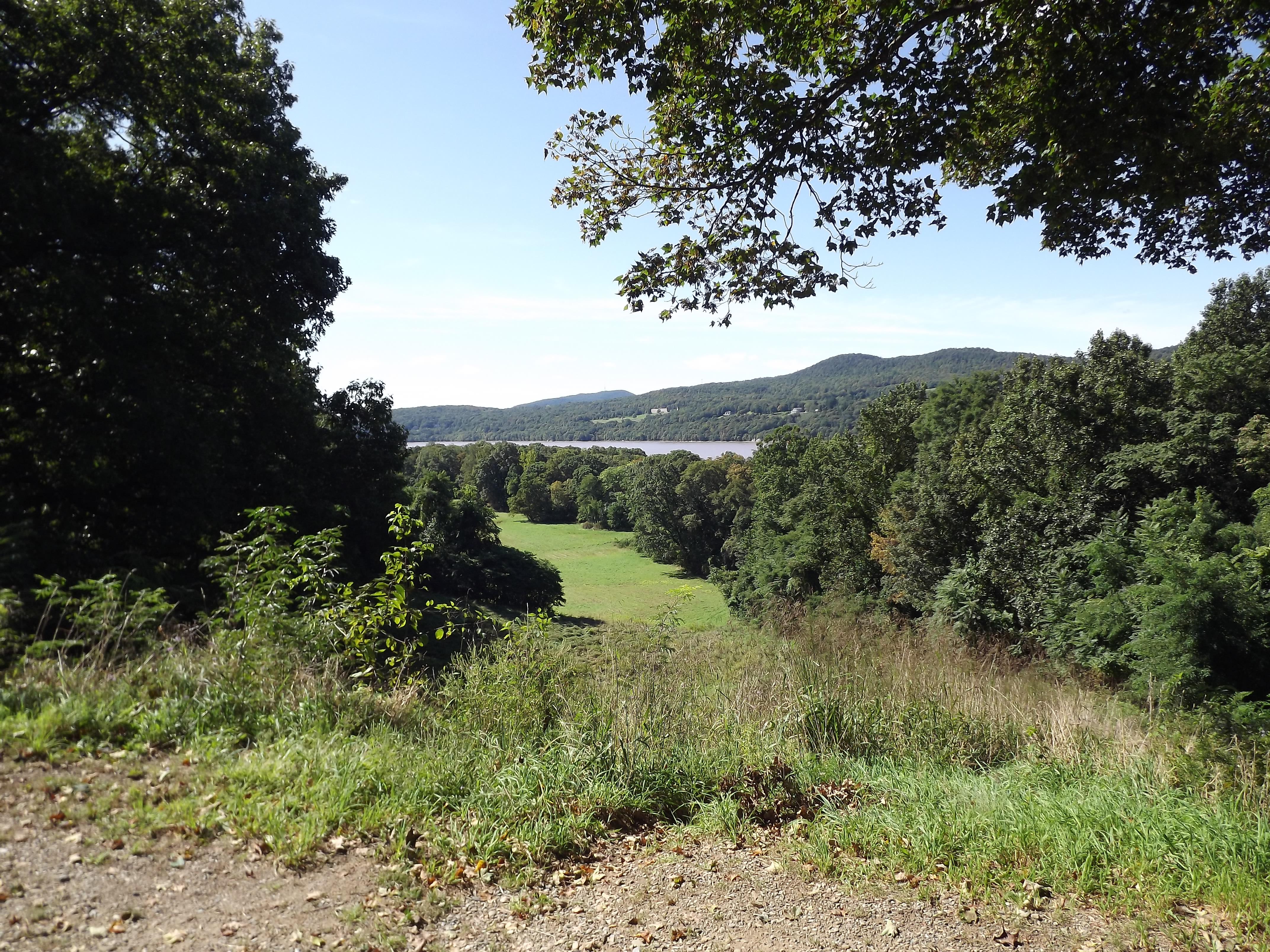
If you plan on visiting the Vanderbilt Mansion schedule at least an hour, longer if you plan on walking the grounds. I recommend walking to the Italianate
gardens and snapping some photos. Also since there are no photos allowed inside, take full
advantage of the exterior of the house, it’s almost as grand as the interior,
the ornate carvings and the incredible river view also makes for some stunning
photos.
Tours of the mansion are run seven days a week from 9 am to
5 pm. The cost is $8 a person, 15 and under are free. To visit the grounds is also free. There are limited tours from November to March so if you
plan to visit then, you should call ahead.
